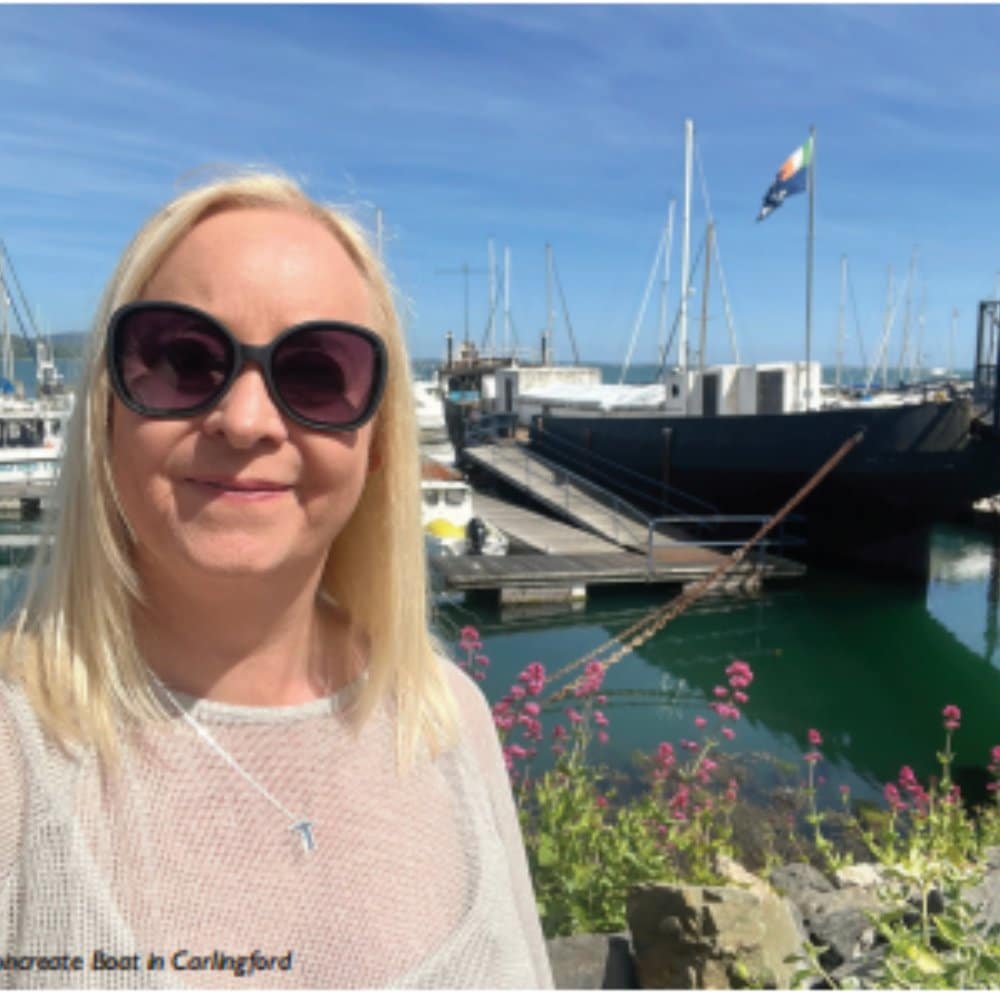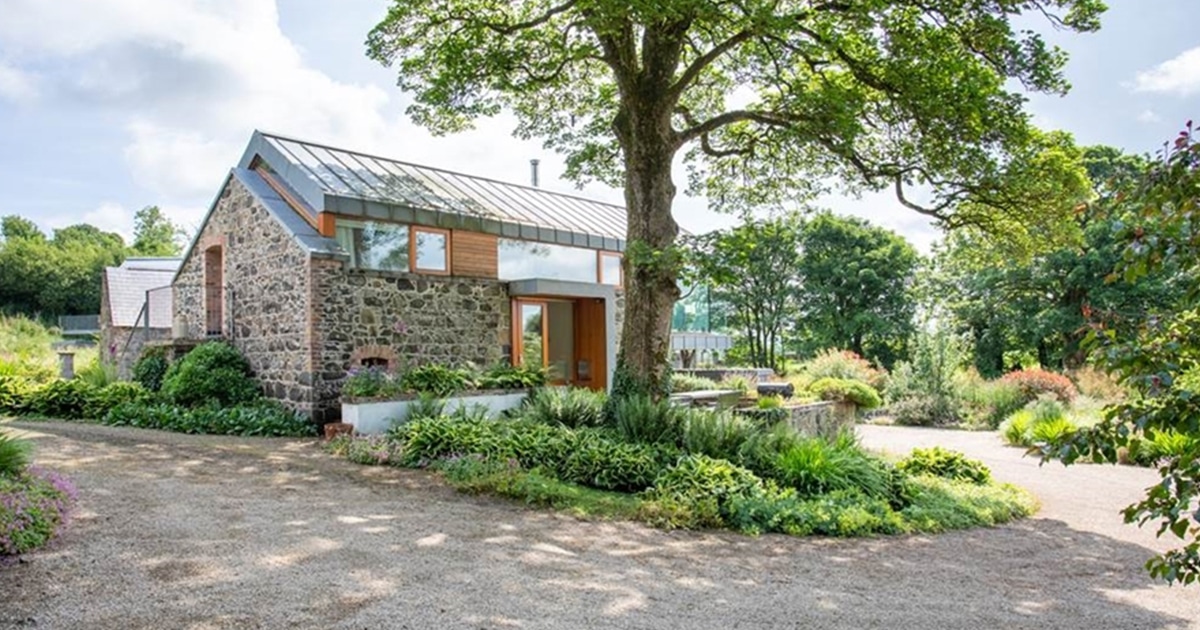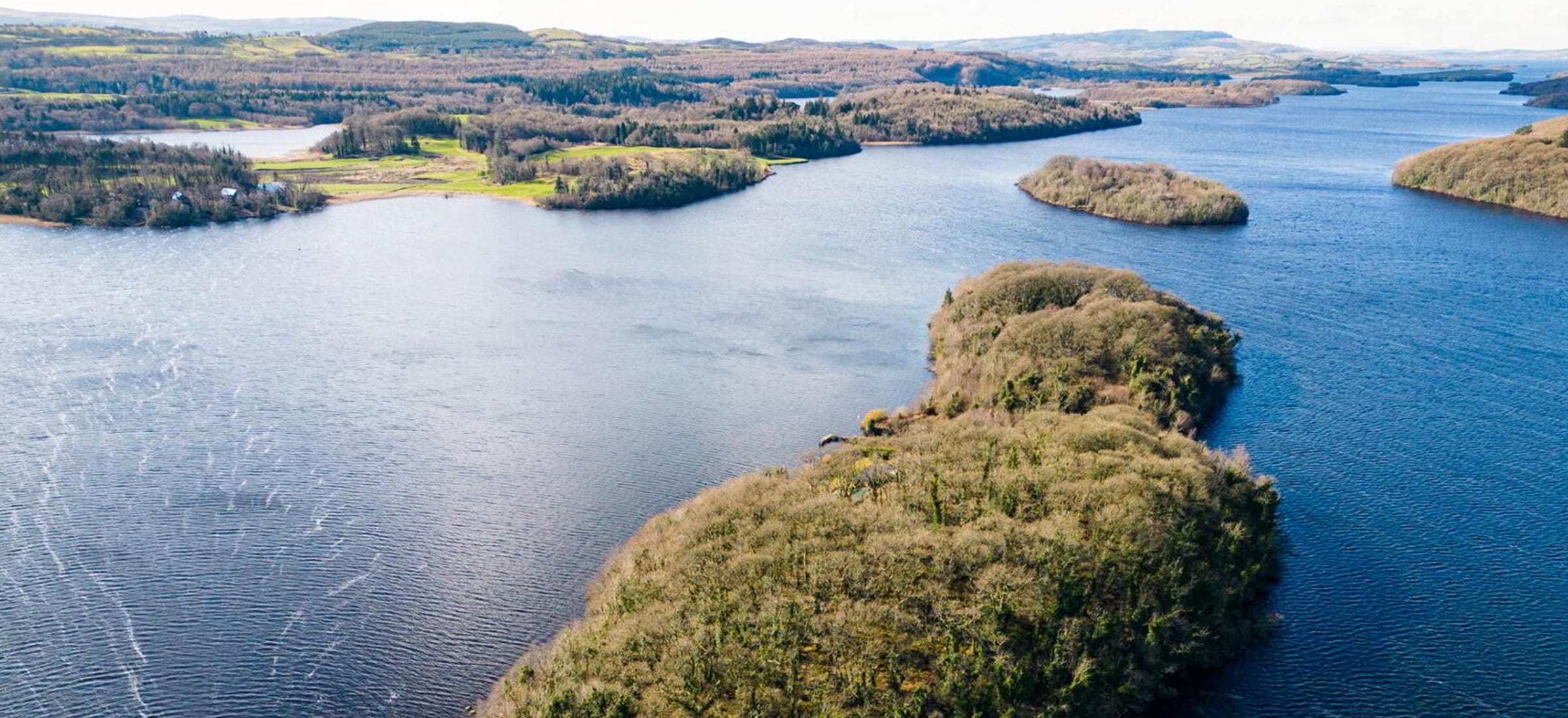A New Greenway Connecting Newry and Carlingford

By Karen McShane, Civil Engineer and Transport Planner, Karen McShane Ltd
A major step forward for sustainable travel and recreation has arrived in the form of the newly completed Greenway connecting Newry with Carlingford. This 18km coastal walking and cycling route, which hugs the scenic edges of Carlingford Lough, offers an impressive blend of history, engineering, and breathtaking views.
I previously had the opportunity to review the 6.5km section to Victoria Lock Canal, and now with support from Interreg funding and cross-border collaboration, the next phase has come to life.
Recycling the Past to Build the Future
What makes this greenway particularly fascinating is its clever use of recycled materials. Old gas line pipes from the oil industry were repurposed into 580 steel piles, each up to 13m long. These formed the structural base for the 1,000m² of geo decking and 8.2km of handrails, offering a 98% carbon efficiency compared to producing new steel.
A highlight of this project is the wooden boardwalk along Omeath, a beautiful stretch that presented unique engineering challenges — including ecological ones. Carlingford Lough is a designated Special Scientific Interest zone, and during pile-driving, an ecologist was present to protect marine life, such as sensitive mammals and fish.
From Bike Hire to History
Visitors can now hire bikes in Omeath and cycle to the marina, where a new bridge connects to the Carlingford Castle side. From here, future plans propose extending the greenway all the way to Dublin.
One unexpected surprise on the route is a WWII-era ship hull, part of a structure known as a Mulberry Harbour caisson. These were floating concrete units designed to create instant harbours for the D-Day landings in 1944. This particular caisson — nicknamed “Creegfalt” — is believed to have been one of only six of its kind. If you look closely, the name is still visible on the hull.
A Living Link to Wartime History
These concrete hulks were built quickly and cheaply by assembling precast panels, and many were constructed by Irish shipyards in Drogheda and Warrenpoint. They were towed across the English Channel and positioned off the coast of France to form temporary ports used during the Allied invasion.
Today, “Creegfalt” is a fascinating historical artefact, relocated to Carlingford Marina in 1993 and now visible along the greenway route — a striking reminder of how engineering has shaped both peace and war.
More Than a Path
This greenway is more than just a scenic route. It’s part of a growing network of active travel infrastructure that supports both sustainable transport and tourism. From Newry to Carlingford, it connects communities, tells stories, and celebrates ingenuity — all while encouraging a healthier way to explore the landscape.
As we look to the future, these kinds of developments remind us of how the past and present can come together to shape something meaningful — and enduring — for generations to come.
Karen McShane is a civil engineer and transport planner based in Northern Ireland. Learn more at www.karenmcshane.co.uk










